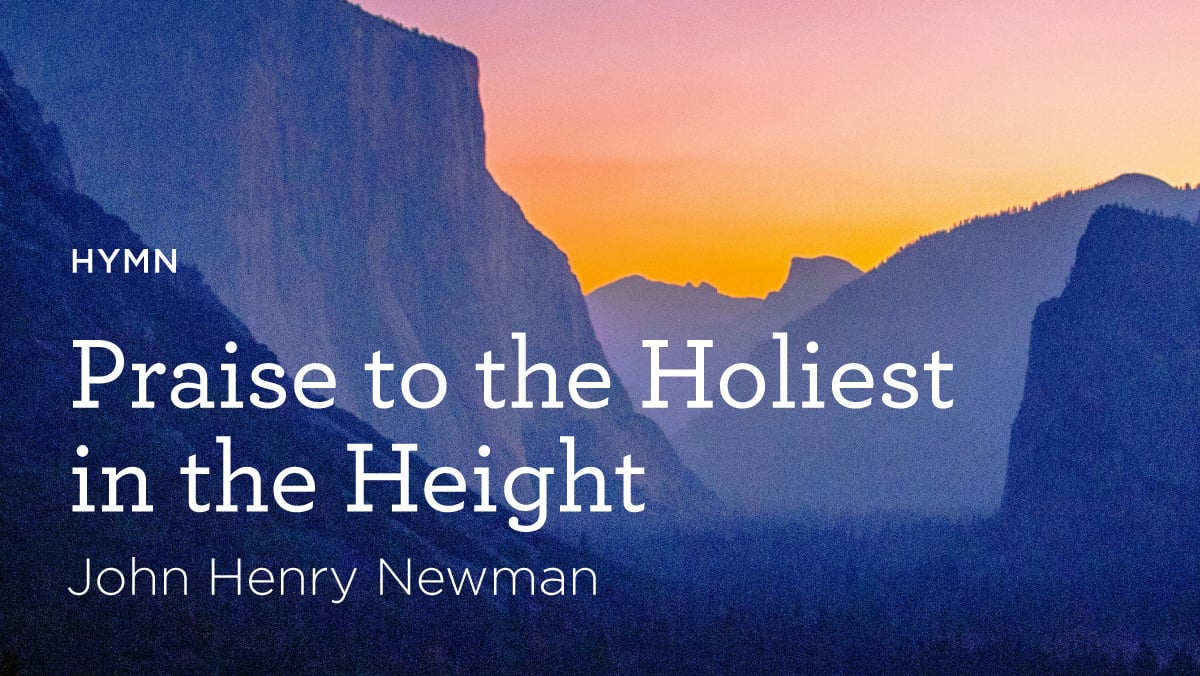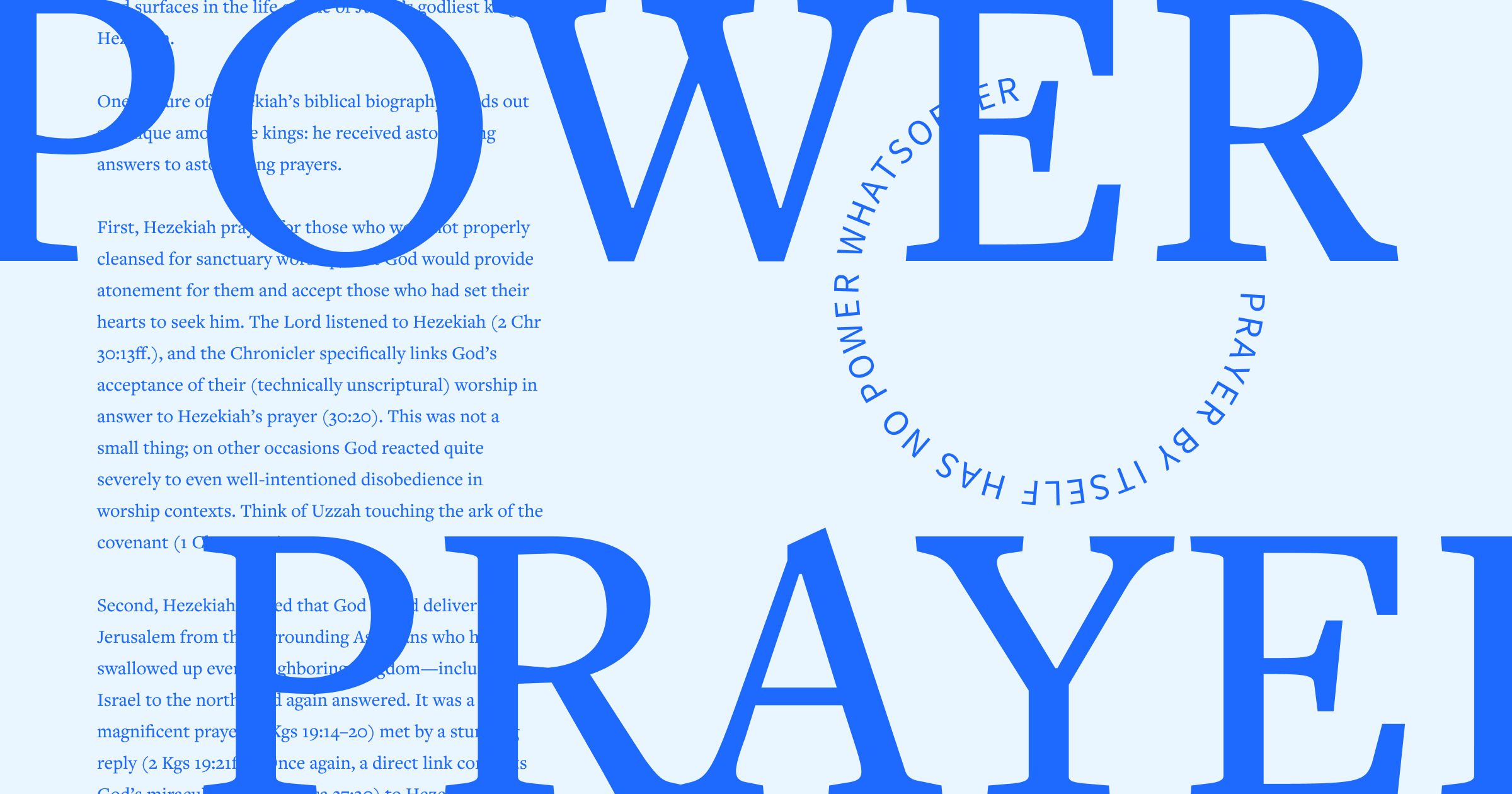Have you ever been in a worship service and looked at the faces around you? What about a worship service where you know for a fact that the Lord was moving? Souls are singing loudly and connecting with God in ways that only unity could bring about.
This is what John see when he looked around in Revelation 7:9–10:
After this I looked, and behold, a great multitude that no one could number, from every nation, from all tribes and peoples and languages, standing before the throne and before the Lamb, clothed in white robes, with palm branches in their hands, and crying out with a loud voice, “Salvation belongs to our God who sits on the throne, and to the Lamb!” (ESV)
What John saw was diversity. These weren’t people who had the same status, hobbies, or interests. Instead, they were a people united in their assurance of the author of salvation.
This passage points us to a powerful reality: Our souls crave diversity because it’s what heaven will be like.
Capturing a vision for diversity: “On earth as it is in heaven”
Revelation 7:9–10 offers a glimpse of what we can expect heaven will be like. In this way, it portrays the kind of worship we should aspire to as we pray for God’s kingdom to come on earth as it is in heaven.
Everyone who believes in life after death would love a foretaste of that afterlife. For believers, we know our longing is for heaven. Through worship, the Lord gives us a taste of that goodness—and he reveals even more of it through diversity in worship.
I’m a Black man who grew up in a small church south of Dallas where I was part of the majority. In our church, women wore hats with maxi or midi skirts and dresses, and men wore suits and dress slacks. You knew you had experienced “church” if souls were dancing, the drums were humming alongside the soul-stirring B3 organ, and the pastor had sweated through another powerful sermon.
I’m now a worship pastor at a megachurch where the music style comes from the kind my cousins and I used to make fun of and call joyless “fake worship.” I’m also one who, like those in many other congregations, takes the brave step of walking into a church as a minority. It hasn’t been easy, but it’s been worth it. The Lord has humbled me in many areas where I’ve been wrong, but he’s also allowed me the opportunity to be myself in this context for the past sixteen years.
Diversity is a joy waiting to be experienced by all who encounter it. Too often, however, preferences and traditions hinder us from becoming welcoming witnesses to people who are ready to encounter Jesus through worship. Minorities in our contexts may feel these barriers most acutely.
For some of us, when we think of diversity in worship, we only think in terms of “Gospel vs. contemporary music.” But this narrow Americanized view can miss the broader richness of God’s vision for worship. Diversity includes cultural, ethnic, and generational expressions already present in your congregation, as well. So whatever form diversity takes in your church, it offers your church ways to reflect heaven in its worship services.
Why diversity and inclusion in our worship matters
Colossians 3:16 highlights the importance of diversity in the songs we sing: “Let the word of Christ dwell in you richly, teaching and admonishing one another in all wisdom, singing psalms and hymns and spiritual songs, with thankfulness in your hearts to God” (ESV).
First, there’s a reason Paul doesn’t list just one type of worship in this passage: Each plays an important role in teaching and stirring our affections for Jesus. Music becomes a vehicle for the Word of Christ to dwell in us richly as we teach and admonish one another with a full diversity of songs, hymns, and spiritual songs.
As a worship leader, I play a significant role in seeking the Lord’s guidance on which songs we should or shouldn’t sing as a church family. Not all songs that sound good or feel good are actually rooted in Scripture. At the same time, not every song we lead needs to be dense and weighty. Our song choices should reflect an appropriate degree of diversity and balance. They should challenge believers while also building up their hearts.
Singing also gives us a sense of “on earth as it is in heaven” by enabling us to sing the same words at the same time in harmony with fellow believers. Even though our singing is primary to God, when we sing, we also sing to “one another,” Paul says. This unity and inclusion has the power to break down walls—walls built by past wounds or unmet expectations.
How to begin fostering unity and diversity in worship
1. Prioritize prayer
The first and most profitable place to start is prayer.
Prayer can’t—and shouldn’t—be an afterthought. It should be the first step in any conversation about diversity in worship at your church. Sadly, though, we too often neglect prayer. Yet talking to the God, the one who can make anything and everything possible, should be our very first priority!
Often, one begins to feel the need for diversity only after it is already present. So pray that God will bring people from diverse backgrounds into your congregation and help you and your leaders understand how to foster the unity we all so deeply long for in our worship services.
Pray and ask God to foster unity amidst diversity within your worship services. Ask him to guide you in what is best for your context.
2. Understand your congregation
You should know the people you are leading. In order to know what style of music might work best or what changes might be needed, you have to first understand your people.
The beautiful thing about knowing your congregation is that this enables you to minister to them in ways that best apply to them, rather than simply replicating what others are doing or following popular trends. Your people need what your people need, and that’s not always what my people need.
3. Find ways to include
Although much depends on the specific context and demographic of your church, we’ve found the following practices helpful in our own church’s worship context in fostering a sense of inclusion and oneness amidst our diversity:
- Most churches include prayer and Scripture somewhere in their liturgy. In my congregation, we’ve incorporated Scripture readings in different languages and invited students and children to read or pray during the service. These subtle changes help create a sense of diversity and unity within the congregation, both generationally and ethnically.
- Two of our congregations have a significant Spanish-speaking population. To serve them, we’ve formed a team to transpose song lyrics, displaying Spanish translations beneath the English lyrics during worship. We’ve also incorporated songs or verses sung in Spanish into our services.
- Another of our congregations includes a large hearing-impaired community, so we’ve established a sign language interpretation team for every service. All events we host consciously care for that specific community.
4. Give it time
Finally, recognize that change takes time. While leaders guide people in the direction they should go, it’s the people who ultimately shape a church’s culture. Sometimes that process takes weeks—sometimes years.
COVID-19 was a sobering time for churches around the world. For my congregation, it also marked a shift in our music culture. During that time, I felt the Lord opening doors for greater diversity in our band and in the music we played.
We tested a few songs that were very different from our usual style—but they felt so good for our church to sing. I even wrote and recorded a song with a strong Gospel feel, thinking it wouldn’t be received very well by the church. By God’s grace, though, it resonated deeply with the congregation and has been transforming hearts and perspectives since.
We’re still a work in progress, but God has used these songs to unify our church in many ways.
Common mistakes to avoid when leading worship in a diverse church
One of the most common mistakes churches make when pursuing diversity in worship is to perform a specific song just to check the box of being diverse. Instead, prayerfully select songs with lyrics that resonate deeply with your congregation.
As worship leaders, we can fall into a trap of only choosing songs we personally gravitate toward—yet they end up being difficult for our congregations to engage with. Avoid assuming you know what your people will love without first understanding the diverse backgrounds and cultures in your church. Remember, your congregation is filled with people who aren’t like you (and that’s a good thing).
Likewise, don’t presume which songs your musicians can or can’t play. Most musicians can adapt to different styles, especially when challenged and given sufficient time to practice and also the opportunity to grow in their skills.
Finally, remember this: You can’t please everyone—only God can do that. Your best tack is to point them to Jesus, the only one who brings the satisfaction they’re seeking in worship. When we give them Jesus, contentment follows, hearts are changed, and openness grows—even in the hardest hearts.
What worship in a diverse church looks like
Psalm 96:1–3 beautifully captures the worship we long for in our churches:
Oh sing to the Lord a new song;
sing to the Lord, all the earth!
Sing to the Lord, bless his name;
tell of his salvation from day to day.
Declare his glory among the nations,
his marvelous works among all the peoples! (ESV)
Worship in a diverse church resembles a family meal in a house full of adopted children, all pointing one another to Jesus. It reflects a mutual respect for different cultures and backgrounds while fostering a love and unity that transcends those differences.
Worship services should be curated to lead everyone to worship Jesus, even if the musical style leans toward Gospel, contemporary, or folk. The hope and goal remain the same for all: that people worship Jesus.
Healthy worship in a diverse church should match the look and sound of the specific people in that church. When done well, it helps members feel seen and truly part of the family of God. Recognizing and celebrating their differences—heritage, culture, background, and the unique intricacies of how God has made them—honors the intricacies of who God uniquely made them to be.
In the end, we all hope to join the great multitude John saw in Revelation. Until we achieve that end, our most important tasks are to pray and understand the people we lead—to love God and love others.
Recommended resources from Jimmy McNeal

 1 month ago
23
1 month ago
23










 English (US) ·
English (US) ·